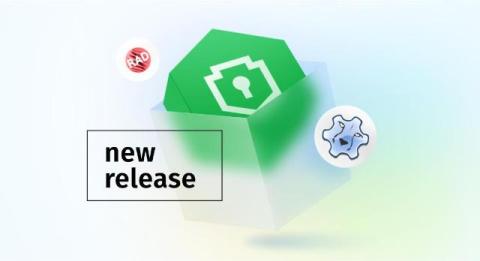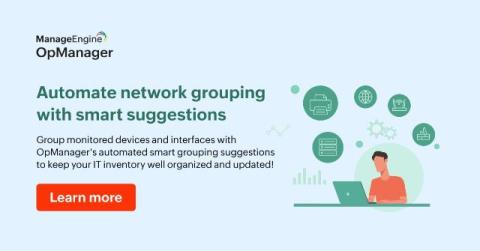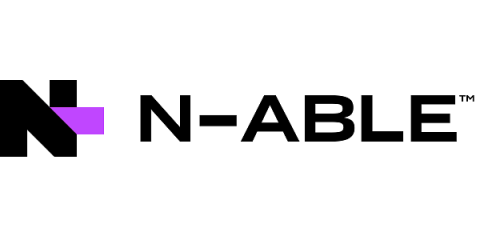Hybrid Cloud Strategies: Balancing Cost, Performance, and Security
Keeping data is an essential process for businesses in the 21st century. Data like customer information, financial records, product details, company projects, future plans, and more are what ensure businesses keep thriving and ensure smooth operation. In fact, 95% of businesses rely on statistical data to make informed decisions.











